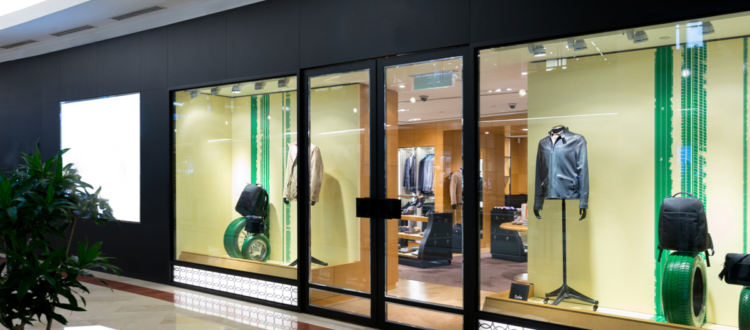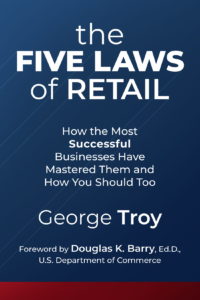Why Would a Successful Wholesale Brand Open Its Own Retail Stores?
Recently, several high visibility online retailers have undertaken to open their own physical stores. Amazon, the online retailer credited with damaging traditional retailers, first opened its own bookstores and then more general merchandise stores. Before that, Apple built a strong brand before opening its first store in 2014. Then Microsoft, Sony, Bonobos, and many others, including even Zappos, another online giant. And a long time ago, Coach and Ralph Lauren were successful wholesalers who became successful direct retailers.
One reason these companies decide to expand into the brick-and-mortar space is to create a new source of revenue and profit. While that certainly happens, it is just a part, and a small part at that, of the reason for a wholesale brand to open its own stores.
Relationships
A physical bricks-and-mortar store, where customers come in and interact with the store’s associates and its products, is an opportunity to create a direct relationship between the brand and the customer. The brand will define and then enhance and intensify its identity.
This happens in several ways. First, the physical environment of the store is important—the colors, finishes, textures, and overall “feel” of the place. Is it clean? Is it kind of stark, mostly black-and-white like a Hugo Boss store, or is more organic and textured like an REI?
Also, the people working in the stores, often called, “brand ambassadors,” represent the brand. Whether rugged and outdoorsy like REI, or sophisticated like Armani, these brand ambassadors reflect the brand identity. Their body language, speech, and attitude reflect the character of the brand.
One Part to an Omni Channel Strategy
Physical stores, whether in malls or with street locations, whether outlets or full-price, whether permanent or a temporary “pop-up,” are not separate from wholesale and ecommerce channels for the brand. And very importantly, the physical stores are not competitors with wholesale or ecommerce. They do not take business away from the other channels. Stores support and expand the brand’s presence. I have seen this demonstrated statistically so many times.
A few years ago I worked on a project to open an UGG Australia store on Kalakaua Avenue in Honolulu. A few miles away in the Ala Moana Center was one of the largest-volume Nordstrom stores in the US. The Nordstrom store sold several millions dollars of UGG merchandise each year. After the freestanding UGG store opened on Kalakaua Avenue, Nordstrom’s UGG sales volume actually increased, while the UGG store also produced several millions in sales volume. As a result, the total brand presence in Honolulu increased exponentially.
What is important is that all the channels speak with the same voice. Pricing is consistent; the same items are featured. There is consistency and coordination to the presentation. Signing, seasonality, and price promotions are the same at the same time so that all channels deliver the same message at the same time.
Other Things
In addition to creating a direct relationship with the consumer and enhancing and intensifying the brand, physical stores produce a nice basket of other benefits, like early testing of new products before making them available to wholesale partners. This can be particularly helpful to a fashion business where a brand’s own stores can introduce a limited quantity in advance of the season in order the learn customers’ reaction.
At the other end of the production cycle, stores have the ability to liquidate old, discontinued, or distressed inventory, which helps to drive turn (The Second Law of Retail). Many brands use their stores as a venue to host events, product launches, line presentations, and even just parties.
So, just as many traditional retailers (is there any such thing anymore?) are closing physical stores, a lot of online ecommerce retailers are opening them. It has never been a matter of either/or. Rather, it’s a blend and adjustment of ways for the customer to interact with and understand the brand and thus become part of that brand’s community.
And yes, stores make money.















